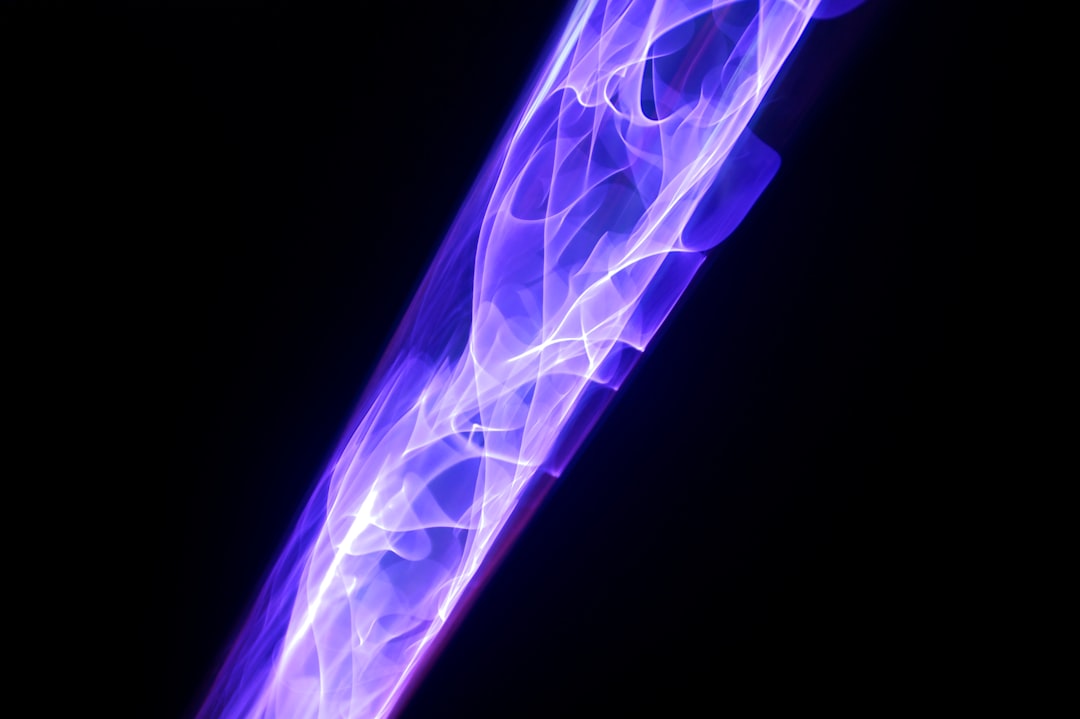What is it about?
In an extreme environments of galaxy clusters most galaxies are of early type, have red colours and they have stopped forming stars several billions years ago. Surprisingly, in our study of galaxies in various environments from galaxy clusters in superclusters to isolated galaxies in voids we found that a large percentage of isolated galaxies and galaxies in small groups in low-density environments are red and quenched, being similar to the satellite galaxies in clusters.
Featured Image

Photo by Guillermo Ferla on Unsplash
Why is it important?
Most galaxies in the Universe reside in groups of various richness, which form web-like structure - the cosmic web, in which the richest galaxy clusters in superclusters are connected by filaments of small groups and single galaxies, and separated by huge voids. The properties of galaxies and their environment are related - galaxy clusters hosts mostly red galaxies with no star formation, and galaxies outside clusters are thought to be mostly blue and star-forming. Our results show that star formation quenching in galaxies may occur in a wide range of environments. This suggest that the global environment modulates the richness of galaxy groups and clusters, while the local environment - galaxy dark matter halo and its close neighbourhood shapes the properties of galaxies.
Perspectives
Our study emphasizes the role of environment in formation and evolution of building blocks of the cosmic web - galaxies and their systems.
Dr Maret Einasto
Tartu Observatory
Read the Original
This page is a summary of: Death at watersheds: Galaxy quenching in low-density environments, Astronomy and Astrophysics, December 2022, EDP Sciences,
DOI: 10.1051/0004-6361/202244304.
You can read the full text:
Contributors
The following have contributed to this page










